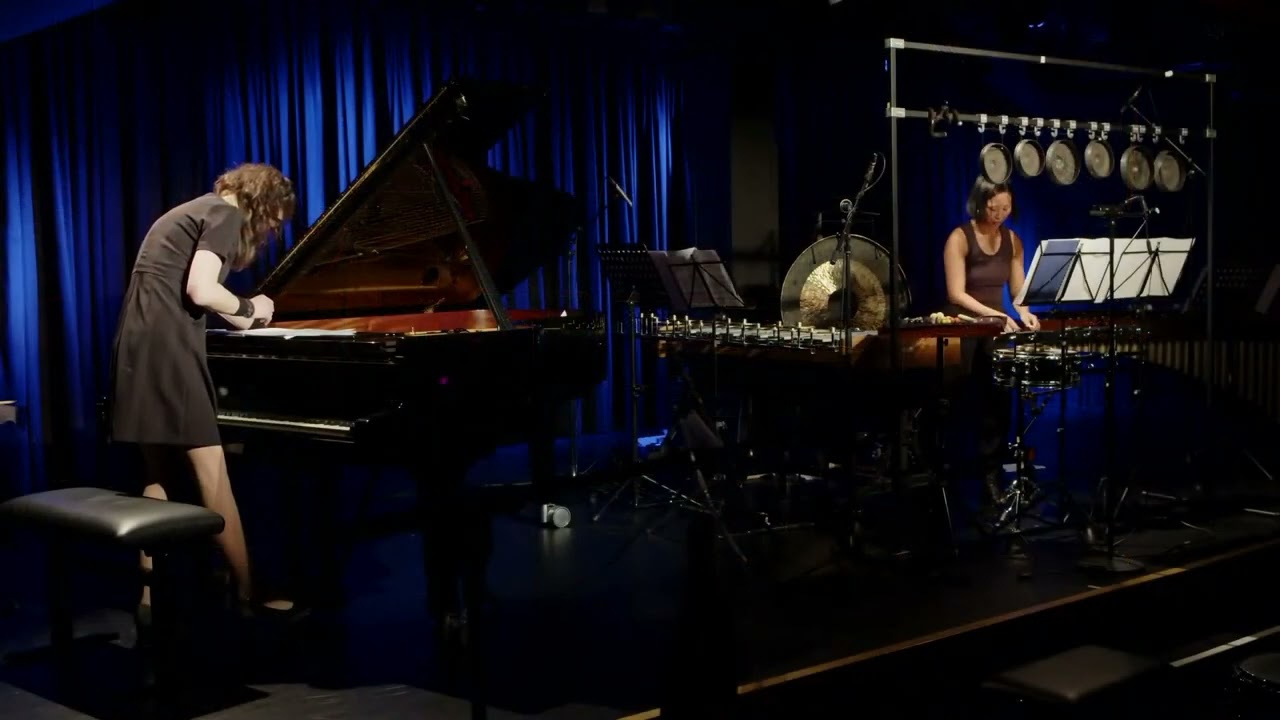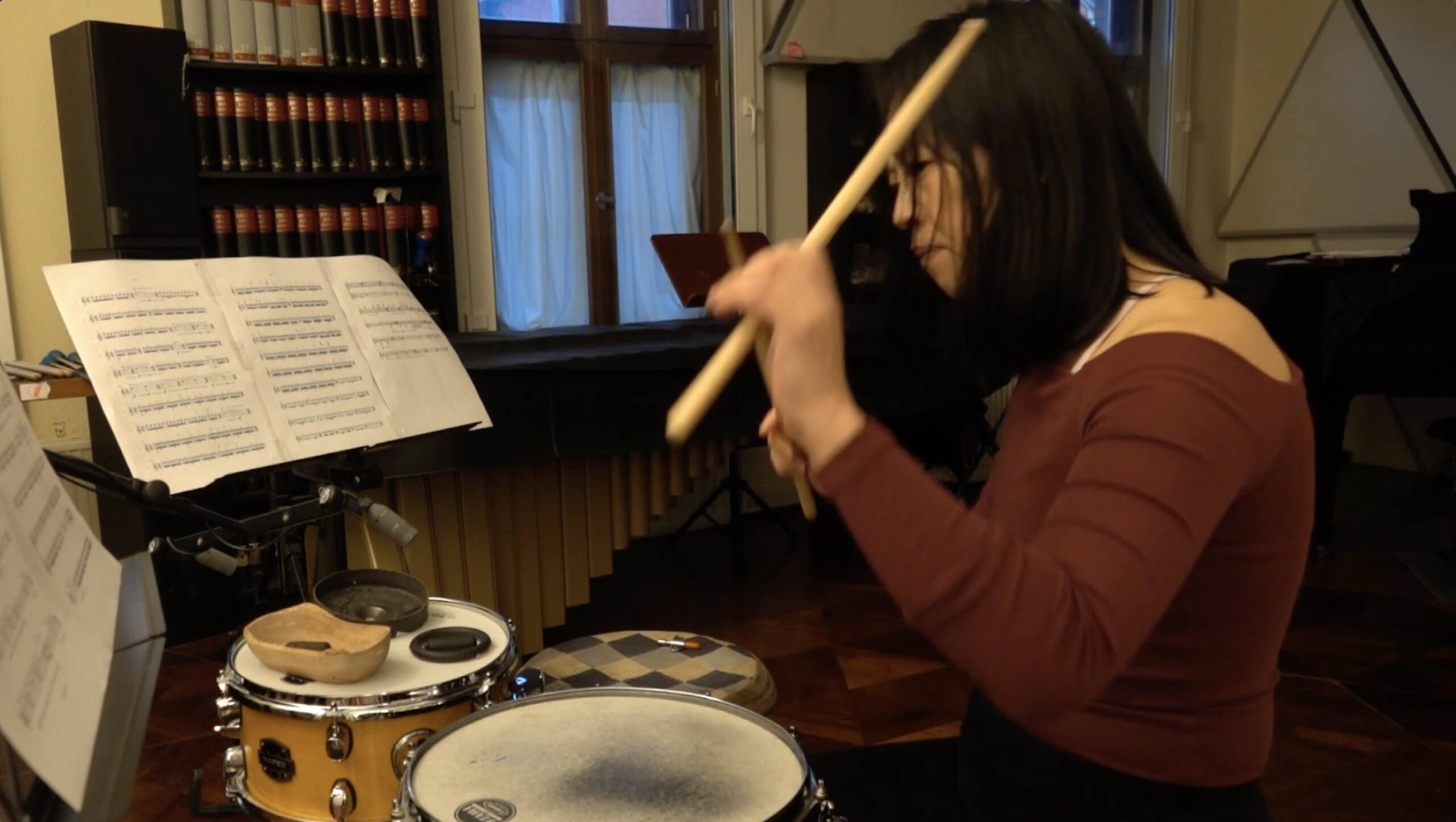traces
(2024)
for alto saxophone, percussion and piano
WP 11.06.2024, Unerhörte Musik (Berlin)
In a way, Traces is an autobiographical piece. My artistic path over the last 25 years has taken me through many different musical worlds. In particular, as a trained saxophonist, I have made my way from jazz music via improvised music, in which the clarinet was my main focus, to contemporary music, in which I have found my place primarily as a composer.
Each of these stages left significant traces in me and my artistic work, and in fact I have not closed any of the chapters, but rather they all exist simultaneously and equally.
Traces is undoubtedly a concert piece of contemporary music, but it shows traces of these other musical worlds. The instrumentation of alto saxophone, piano and percussion is similar to that of a classical jazz combo, although the percussion is not a drum set, but is divided into two ostensibly separate groups of instruments: firstly the marimba, which is very close to the piano due to its ability to work harmonically and melodically – and secondly the bongos and congas, which seem to have a stronger (Latin) jazz connection. In the course of the piece, new relationships emerge between these two groups of instruments, allowing both the rhythmic qualities of the marimba and the subliminal melodic possibilities of the bongos and congas to come to the fore.
Another important residue is that of improvisation. The saxophone part (which I played myself in the world premiere) contains long stretches of improvised passages, which are to be performed spontaneously by the performer at his or her own stylistic discretion. The accompaniment of the saxophone improvisation by a quasi-ostinato bass line is also a typical feature of jazz music, even if this bass line clearly exceeds the practice of a jazz band in its complexity and dramaturgical design and thus belongs just as much to contemporary music.
Finally, the formal structure also makes reference to typical improvisational patterns, in that it is structured in a kind of rondo form consisting of thematic and solo parts. However, the soloistic passages here are predominantly fully composed and motivically interlinked and the thematic sections undergo profound changes in terms of structure and tonal colour. The final section in particular – a kind of shadow variation on the theme – breaks up the tonal sonority that has prevailed up to this point and abstracts it into a noisy texture, which is no less thematically based in its structural core.
traces

